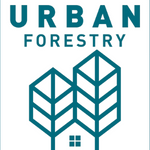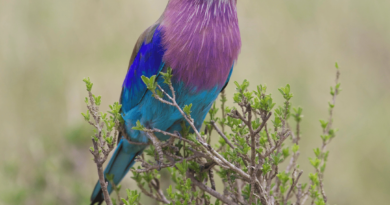A Guide to Identifying and Managing Invasive Plant Species in Urban Forests in Africa
Urban forests in Africa play a vital role in providing a range of ecological, social, and economic benefits to the communities that live around them. However, the introduction and spread of invasive plant species can negatively impact these benefits and threaten the health of urban forests. This chapter provides an overview of the main invasive plant species found in African urban forests, as well as strategies for identifying and managing them.
Identifying Invasive Plant Species
Invasive plant species are defined as non-native species that have been introduced to an area and have the ability to spread and establish themselves, often at the expense of native species. Some common invasive plant species found in urban forests in Africa include:
- Lantana camara: This is a flowering shrub that is native to Central and South America. It is commonly found along roadsides, in abandoned fields, and in disturbed areas. Lantana camara is highly invasive and can form dense thickets that displace native vegetation.
- Chromolaena odorata: This is a perennial herb that is native to the Americas. It is commonly found in disturbed areas and along roadsides. Chromolaena odorata is highly invasive and can form dense thickets that displace native vegetation.
- Parthenium hysterophorus: This is a herbaceous annual plant that is native to the Americas. It is commonly found in grasslands, along roadsides, and in disturbed areas. Parthenium hysterophorus is highly invasive and can form dense stands that displace native vegetation.
Managing Invasive Plant Species
Effective management of invasive plant species requires a combination of different strategies, including
- Early detection and rapid response: This involves identifying and reporting new infestations of invasive plant species as soon as they are detected. Rapid response teams can then be mobilized to remove the plants before they have a chance to establish and spread.
- Biological control: This involves the use of natural predators or pathogens to control invasive plant species. For example, the use of insects or pathogens that feed on or attack specific invasive plant species can help to reduce their numbers.
- Chemical control: This involves the use of herbicides to control invasive plant species. Care must be taken when using chemical control methods to ensure that non-target species are not affected.
- Manual control: This involves physically removing invasive plant species by hand. This can be an effective method for small infestations but is less practical for larger infestations.
Conclusion
Invasive plant species can significantly impact the health and biodiversity of urban forests in Africa. However, by understanding the main invasive plant species found in these forests, as well as effective strategies for identifying and managing them, it is possible to protect and conserve these vital ecosystems.
References:
- C. R. Rees, “Invasive Plants in South Africa: How to Identify Them and What to Do About Them”, (Tafelberg, Cape Town, 2008).
- E. W. Kujirakwinja and B. J. van Wilgen, “Invasive Alien Plants in South Africa: A Review”, South African Journal of Science, vol. 108, no. 3/4, pp. 1-8, (2012).
- S. M. Reichard and C. J. Hamilton, “Horticulture as a Pathway of Invasion”, Biological Invasions, vol. 8, no. 7, pp. 1399-1407, (2006).
- K. D. Clements, “Herbicide Use in Invasive Plant Management




